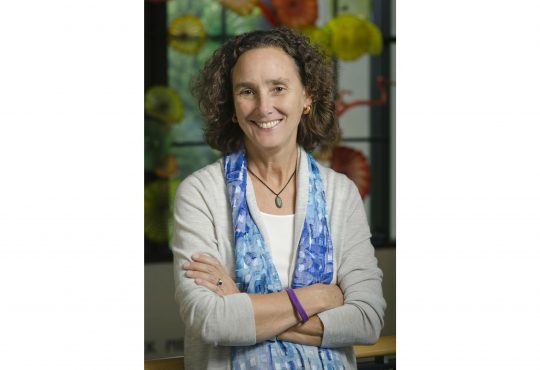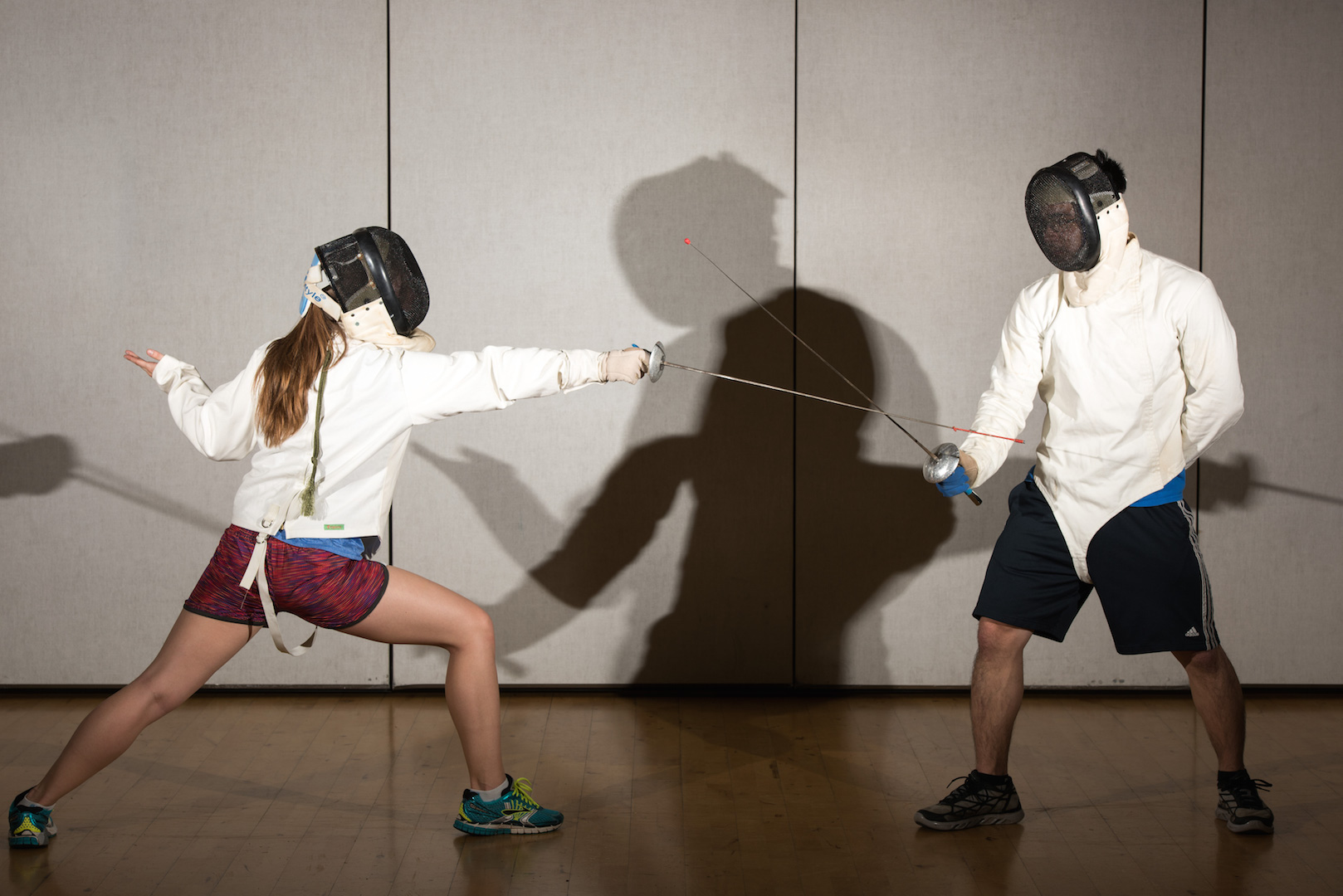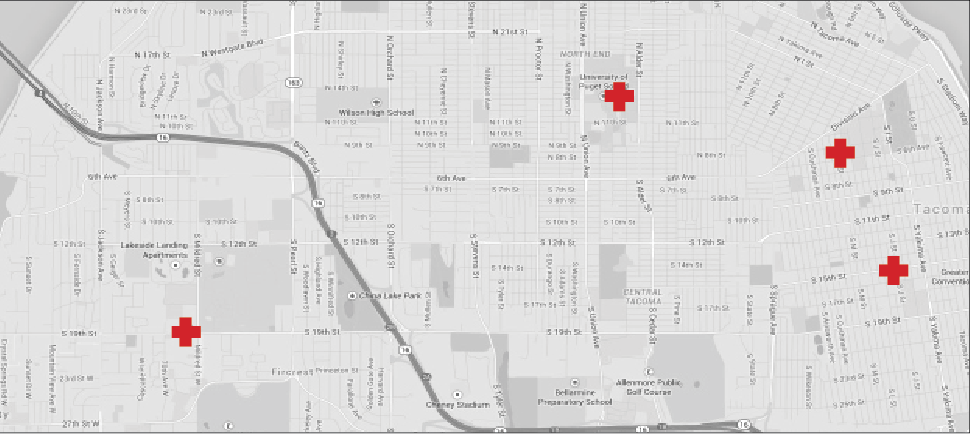Breast cancer research gets the greatest amount of funding per death and new case of any form of cancer, including the most common form of cancer in the United States, lung cancer. Much of this funding “success” has to do with how well the breast cancer awareness message has been branded.
Possibly the most successful breast cancer awareness campaign is the Pink Ribbon Campaign, credited with making a light, peachy pink synonymous with cancer research. Since 1991, the Susan G. Komen Breast Cancer Foundation has been using the ubiquitous pink ribbon in order to bolster breast cancer awareness during their Race for the Cure event in New York City. In that same year, the cosmetics industry began to latch onto the “pink ribbon” brand of breast cancer awareness.
Alexander Penney, editor of SELF magazine at the time, partnered with Evelyn Lauder (of Estée Lauder Cosmetics fame) to distribute pink ribbons at Estée Lauder counters nation-wide. The pink ribbon campaign caught on like wildfire, and now it’s hard to walk into any store without seeing some pink product with a “breast cancer awareness” label tacked on the front.
But how much of this money is being put towards actual cancer research? What exactly is “breast cancer awareness” anyway? With catchy slogans like “save second base!” and endless merchandizing opportunities, it’s a wonder why there still hasn’t been a cure despite the overwhelming influx of capital.
One of the major problems with the “pink ribbon” form of branding is that nobody technically owns it. The Susan G. Komen foundation attempted to trademark the pink ribbon after its initial debut, but to no avail. As a result, any manufacturer of a product can simply change the color of their packaging in order to capitalize on the breast cancer awareness market.
In a Jezebel article from Sept. 2011, Margaret Hartman noted that there are around 1,400 IRS-recognized, tax-exempt breast cancer charities in the United States. Hartman points out that many of these charities are often started by breast cancer survivors and their families. Often, the people running these charities do not have the type of experience or skills necessary to run a non-profit, and on occasion they are simply running a “sham charity” that uses the pink ribbon campaign to raise funds that are then embezzled by the founders.
In 2002, Breast Cancer Action started their “Think Before You Pink” campaign in order to spread the word about such faulty charities that attempt to capitalize on pink ribbon marketing. On their website, BCA boasts that their organization is “the only national breast cancer organization that does not accept funding from entities that profit from or contribute to cancer, including the pharmaceutical industry.”
BCA also has a list of questions to ask before buying into any product labeled for breast cancer awareness, such as how much of their money is being donated to research and whether or not the product itself has been shown to increase one’s chances of breast cancer. Yoplait, for example has advertized their products with pink lids, while at the same time their yogurt is made with hormone-enriched dairy proven to increase one’s chances of getting breast cancer.
While the possibility of giving to a fraudulent charity may seem like it makes donating at all not worth the trouble, there are resources for finding reputable charities. Charity Watch has given positive ratings to the Breast Cancer Research Foundation, the National Breast Cancer Coalition Fund, and Breast Cancer Fund for their financial health and how much money is spent on programs in relation to administrative costs.



